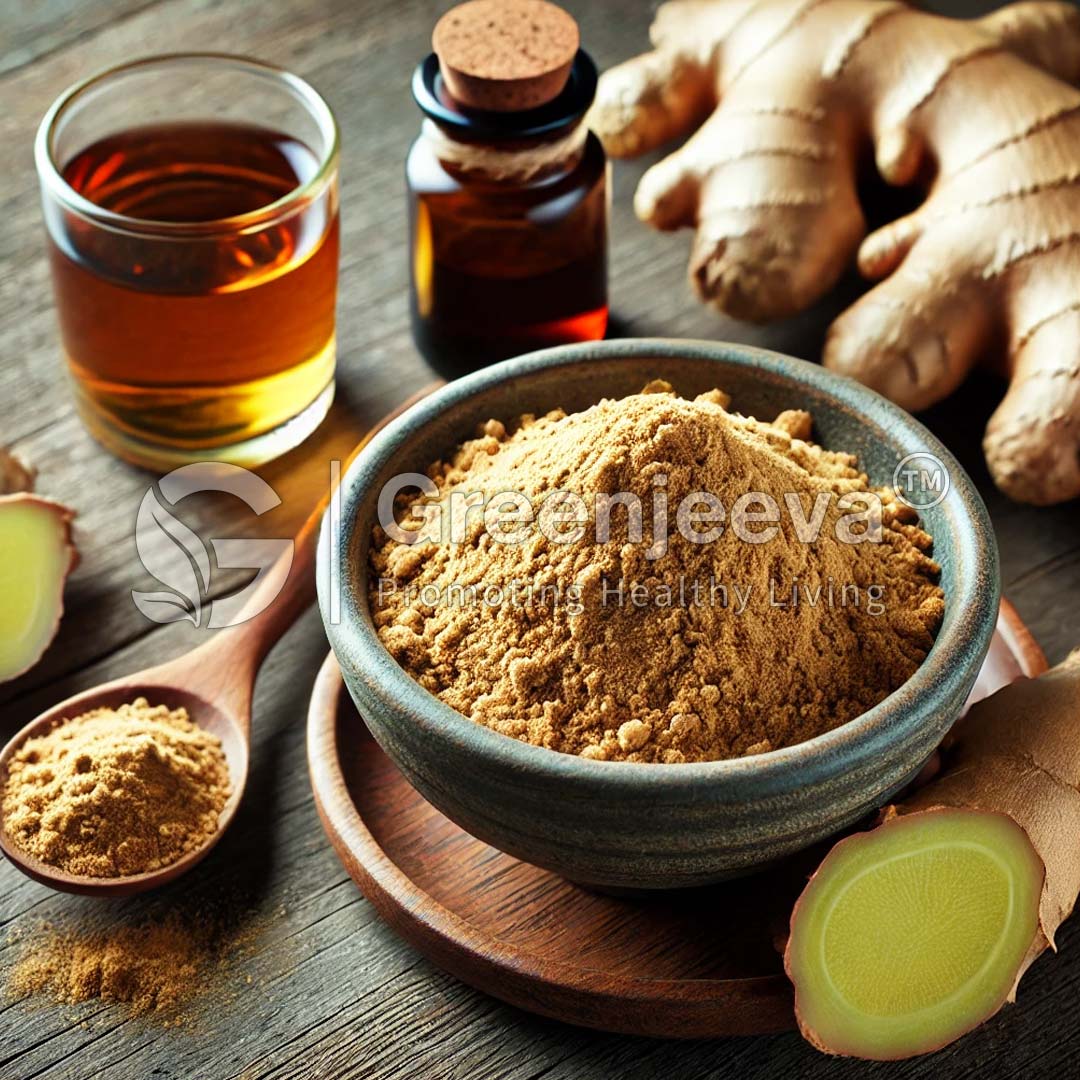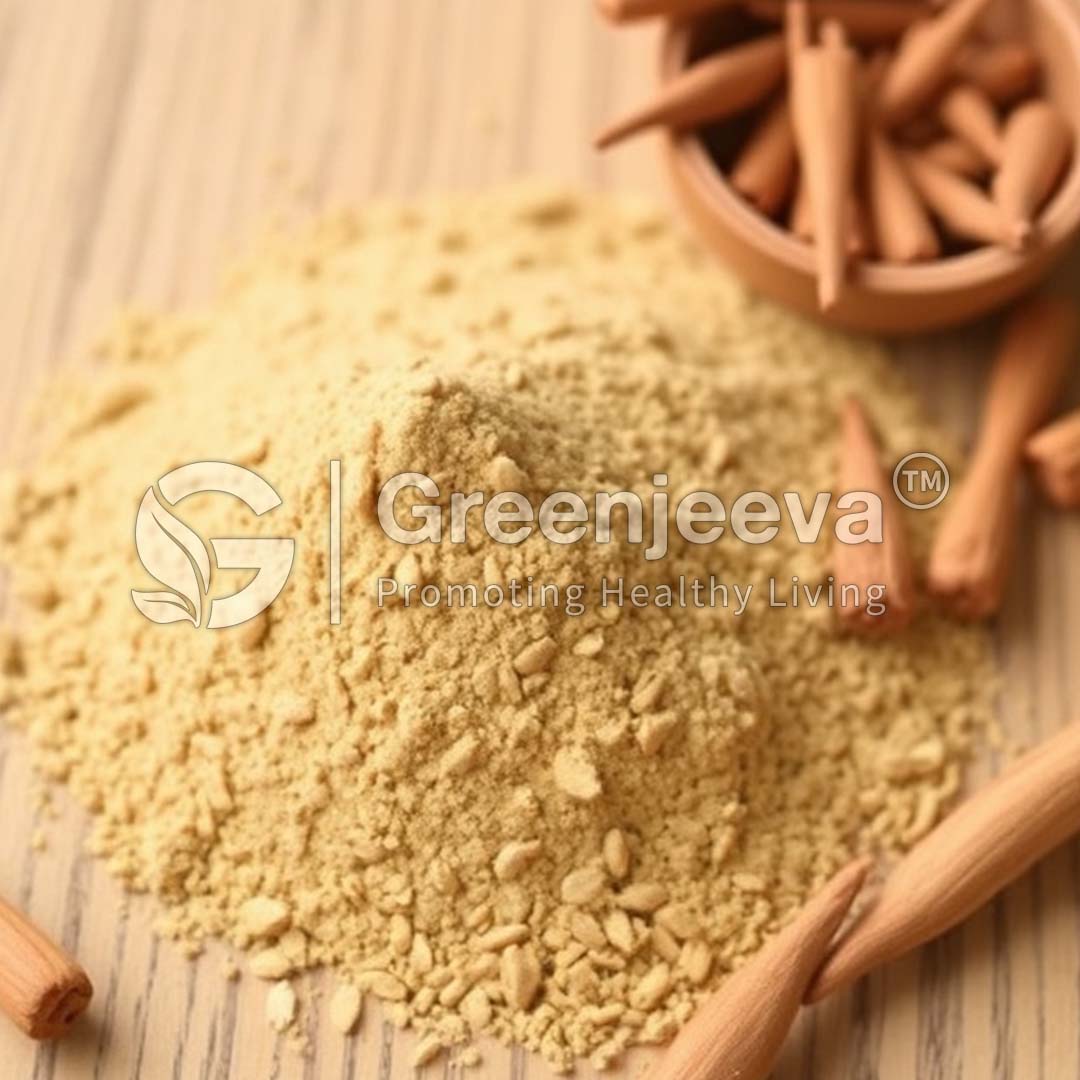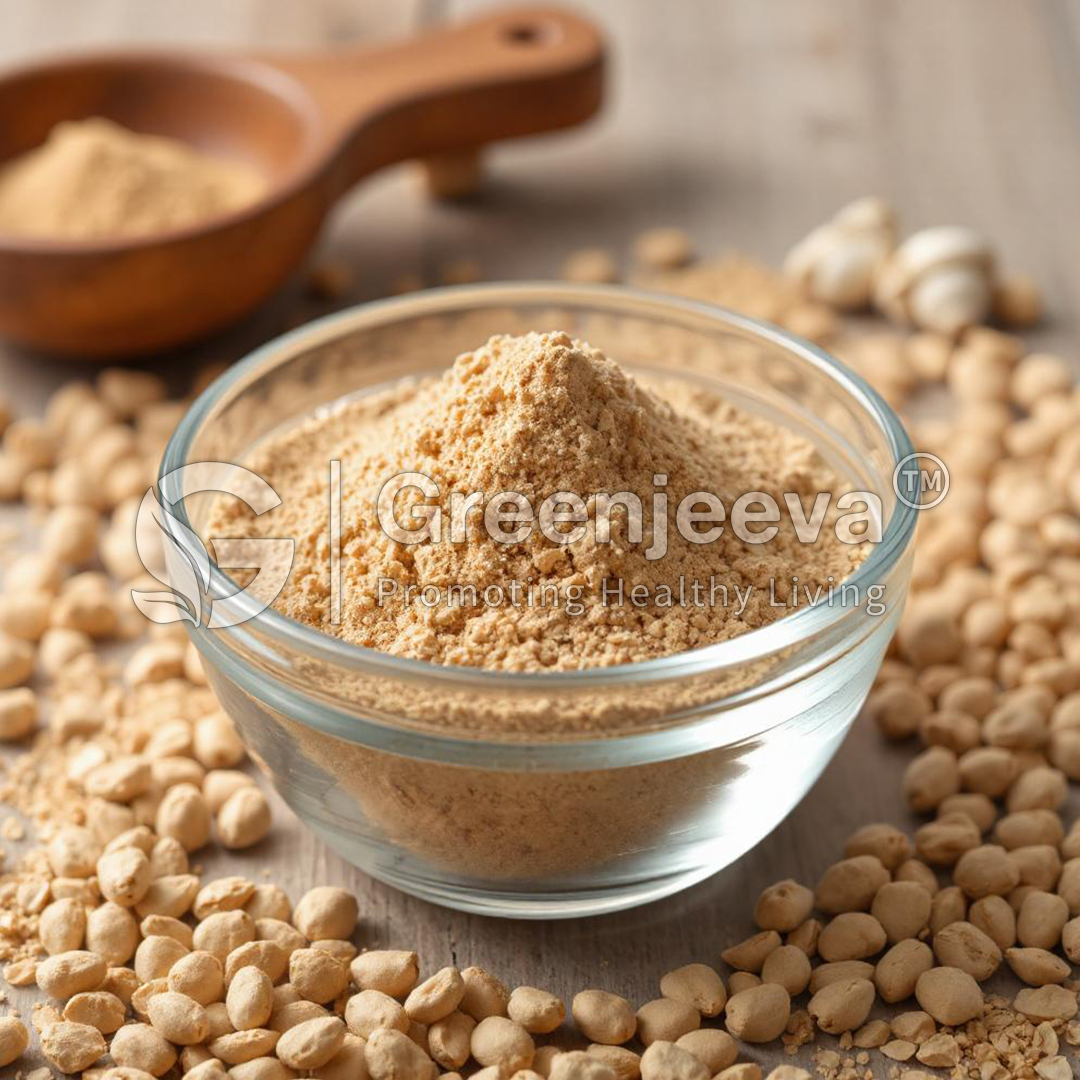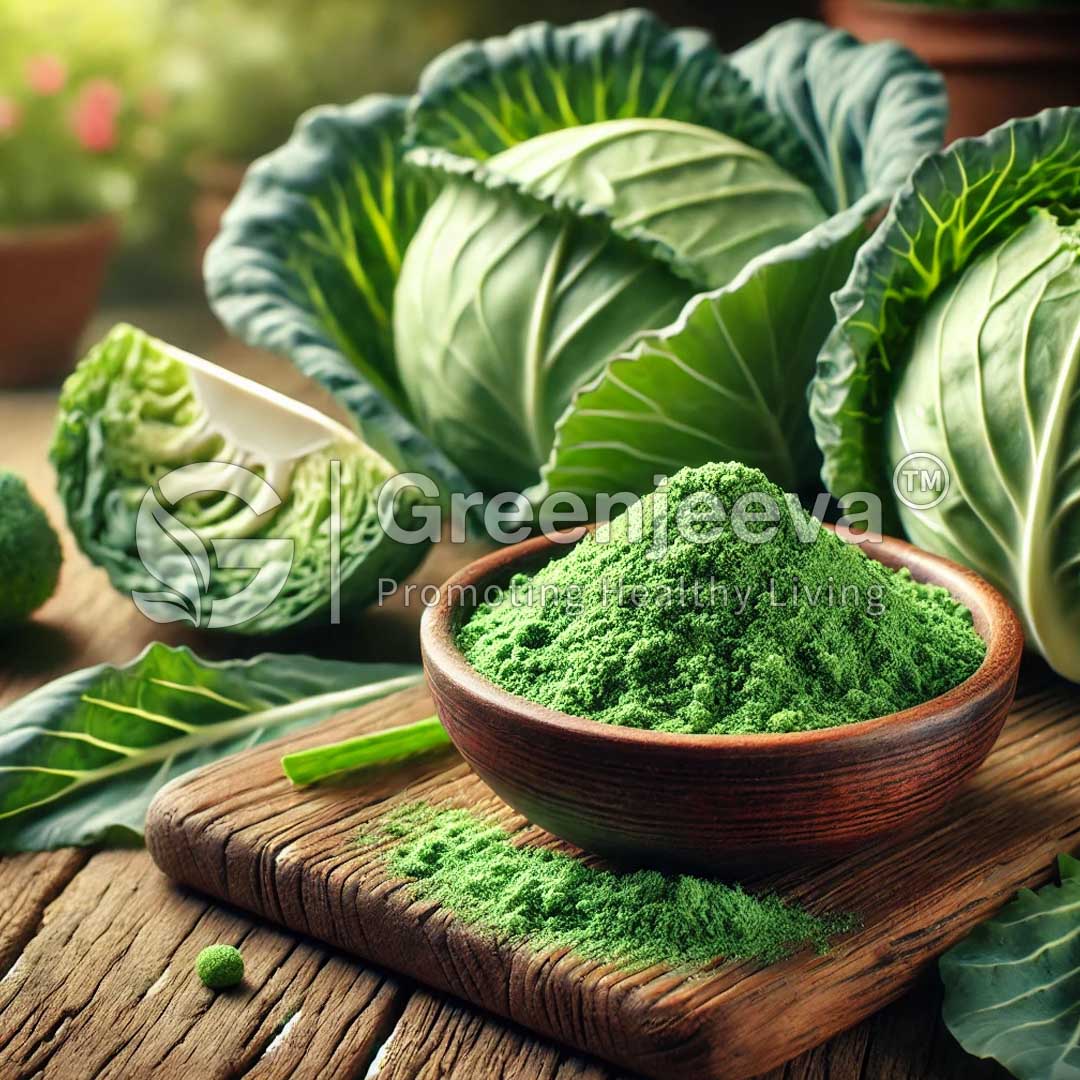- Is your product free from GMO?Genetically modified organisms can be a threat to food safety. We do not accept Ginger Extract Powder 2.5% Gingerol from the facilities where GMOs are manufactured, processed, or produced.
- What are heavy metals you consider for qualifying this material and why?We test total heavy metals, lead, arsenic, mercury, and cadmium in our products. These heavy metals by numerous studies are purported to be toxic for human consumption beyond certain limits and are known carcinogens. We also ensure that our product complies with California prop 65 regulations for lead content below 0.5 ppm levels.
- What is percentage of Gingerol Present in your product?We can offer variety in Percentage of Gingerol, but for this product, it is 2.5% Gingerol.
- What are the Bioactive Component present in Ginger Extract Powder 2.5% Gingerol?Ginger has been fractionated into at least 14 bioactive compounds, including [4]-gingerol, [6]-gingerol, [8]-gingerol, [10]-gingerol, [6]-paradol, [14]-shogaol, [6]-shogaol, 1-dehydro-[10]-gingerdione, [10]-gingerdione, hexahydrocurcumin, tetrahydrocurcumin, gingerenone A, 1,7-bis-(4? hydroxyl-3? methoxyphenyl)-5-methoxyhepthan-3-one, and methoxy-[10]-gingerol.
- Are the heavy metals content are within a suitable limit as per CA prop 65?Yes, All the heavy metals contents are within limit and comply with CA Prop 65 and hence considered safe for human consumption.
- What is the appearance of your product Ginger Extract Powder 2.5% Gingerol?It is a light brown color powder with a characteristic odor.
- What is the Identification Method used for Ginger Extract Powder 2.5% Gingerol?The identification method used for this product is HPLC.
- What is the other name of Ginger Extract Powder 2.5% Gingerol?Another name for Ginger Extract Powder 2.5% Gingerol is Zingiber officinale Roscoe, Zingiberaceae. Ginger’s current name comes from the Middle English gingivere, but this spice dates back over 3000 years to the Sanskrit word srngaveram, meaning “horn root,” based on its appearance. In Greek, it was called ziggiberis, and in Latin, zinziberi
-
Toll Free : +1(866)532-3512Toll Free : +1(866)532-3512
-
enquiry@greenjeeva.caenquiry@greenjeeva.ca
-
WhatsApp






















